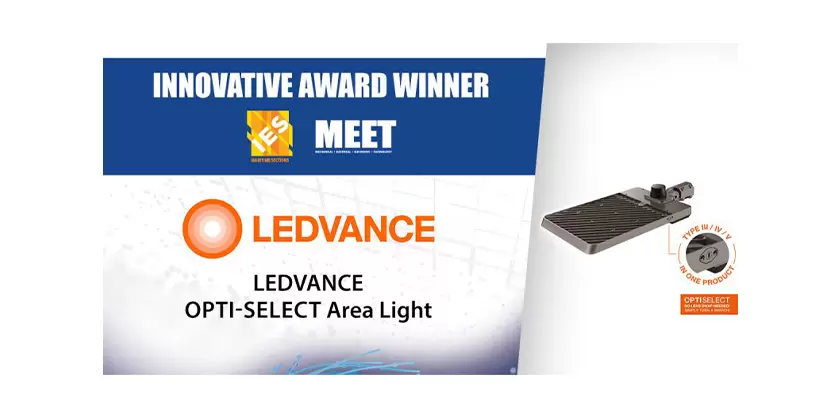New Technology Changing the Canadian Electrical Code

Feb 5, 2018
By Owen Hurst
We live in a time when technology is changing almost daily, and few are affected by these changes more than those working in the electrical industry. With the new Canadian Electrical Code having been released this January, professionals will see that many of the new and upgraded requirements are the result of new and advancing technology. There are far too many current technological advancements that are causing changes to address. However, if we look at the top 15 changes that were identified by CSA Group, advancements in Power over Ethernet (POE) and the rapid rise in the need for electric vehicle charging stand out. Further other influences such as the rapid adoption of LED and the continued merging with the electronics industry.
PoE itself is not new but advances in its use continue to present new and expanding possibilities. POE allows electrical power to be carried by network cables and have been extremely successful in their use for VoIP phones, IP cameras and wireless capabilities and similar applications. They have increased time and cost savings, flexibility, safety, reliability and scalability.
The IEEE 802.3 Working Group began its first POE project in 1999: IEEE 802.3af, under the cumbersome title “Clause 33. Data Terminal Equipment (DTE) Power via Media Dependent Interface (MDI),” was eventually ratified in 2003. It defined POWER SOURCING EQUIPMENT (PSE) that delivered power, and powered devices (PDs) that received power.” Since then there have been several revisions since that time. There has been an increasing demand for POE for use in retrofitting existing systems and implementing new control systems, which has led to an increase in the level of power being carried through these cables.
Recently the IEEE made revisions to their standards for communication cables that are now being utilized for higher power applications, such as room lighting. This change has led to changes involving POE in the 2018 CEC. In the 2015 version of the code there were no specific requirements, in the 2018 CEC there is a new Subsection 16-300 involving POE. Through these cables, power levels approaching 100W are possible, along with simultaneous communications between devices and systems.” As a result of this increase, and the fact that the level of power POE can carry will likely continue to increase, and thus various applications, CSA Group has addressed the current and future concerns regarding POE with their new subsection.
The use of LED, and the eventual adoption of technology such as Visual Light Communication (VLC) has already begun to demand changes and will continue to do so. Gordon MacDonald, Institutions, Municipal and Renovations Sales and Lighting Expert at Focus Electrical in Atlantic Canada, notes that “more attention should be placed on power quality and surge protection in buildings where large numbers of LED products are installed.” Further, Gordon identifies that “LED lighting is great for energy efficiency, but introduces electrical noise to power distribution systems that can affect operation of other devices in a building . . . The FCC controls RFI by established standards and protects consumers from unwanted interference, CSA should think of doing the same for the lighting industry.”
The use of electric vehicles is also increasing and will obligate further attention as it becomes more regularly used.. There are numerous incentive programs and environmental reasons to consider the use of an EV, and with this increased drive there is a need to regulate to ensure that EV charging is done in a safe and regulated manner. A recent research report by ON World estimates “30 million battery electric vehicles to be in use worldwide by 2025 and… the electric vehicle supply equipment (EVSE) ecosystem will be a global US$2.6 billion market within the next five years.” Surveys have also shown that the availability of charging stations is a primary concern for potential EV drivers and thus we need to look at the various charging methods and concerns over power consumption.
Electric Vehicle (EV) charging is also not all the same. A household or workplace charging unit, known as Level 1 charging, operates at 110V and typically takes 8-20 hours to fully charge a vehicle. A Level 2 charging station operates at 240V, and Level 3 charging stations, direct current fast chargers, use 480V and can charge an EV in under an hour.
If we consider the load capacity needed, electric vehicle supply equipment (EVSE) can easily push or exceed service capacity, particularly if it is at a location with multiple charging units like an apartment/condo complex or office building. The simple answer is to increase the service capabilities, but another option is the use of electric vehicle energy management systems that monitor EVSE power consumption along with other building loads and controls the EVSE so the overall load does not exceed the service capabilities. As a result, the CEC 2018 demand factors are now recognized where energy management systems are used.
While certainly a step in the right direction as the number of EVs in use continues to rise, we can expect further advances in the ability to charge EVs and as a result will likely continue to see regulatory changes to meet the growth of this expanding sector.
Owen Hurst is Managing Editor, Panel Builder & Systems Integrator.
Image Source: <a href=”https://www.freepik.com/free-photos-vectors/background”>Background vector created by Freepik</a>




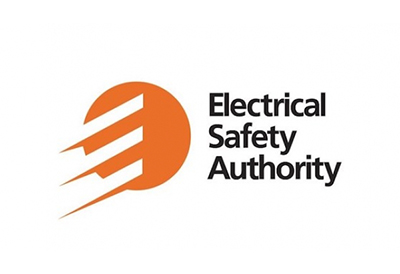
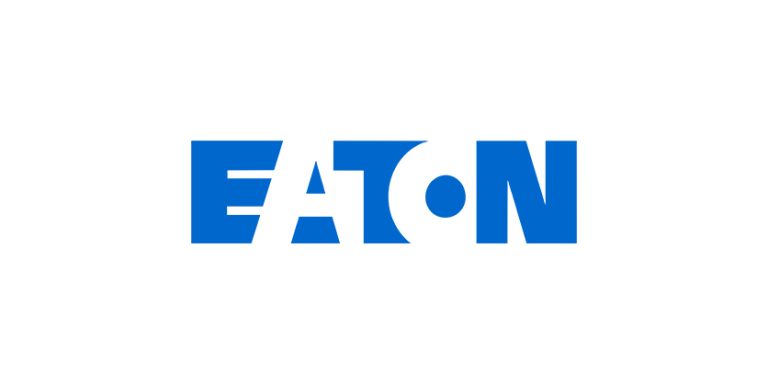
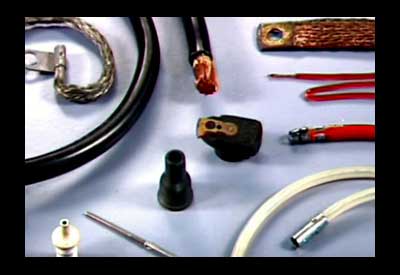
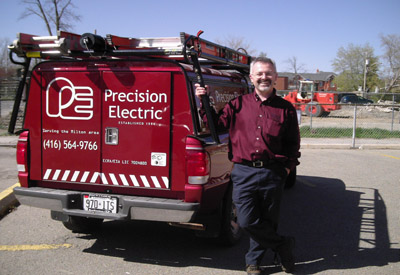
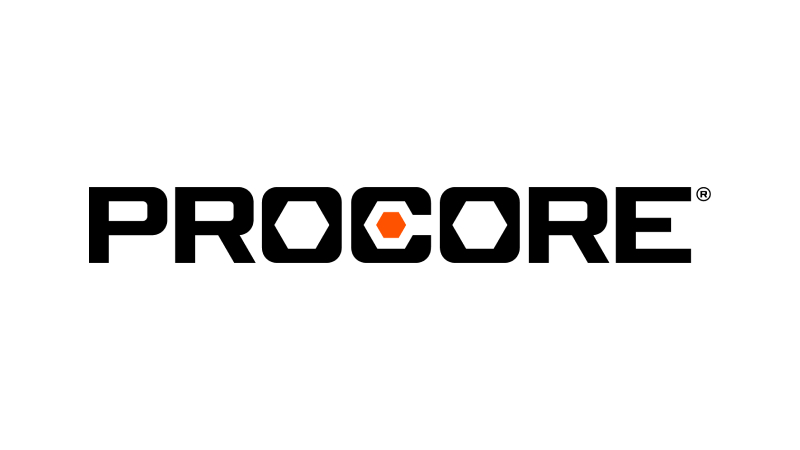
![Guide to the Canadian Electrical Code, Part 1[i], 26th Edition– A Road Map: Section 12](https://electricalindustry.ca/wp-content/uploads/2022/11/Guide-CE-Code-2.png)




